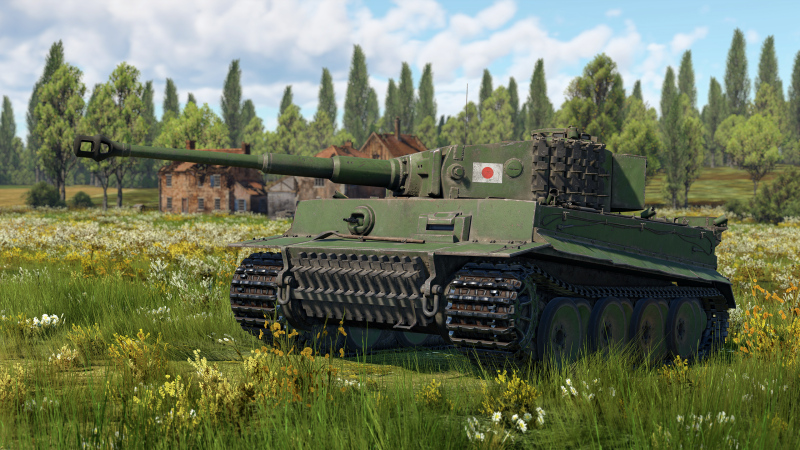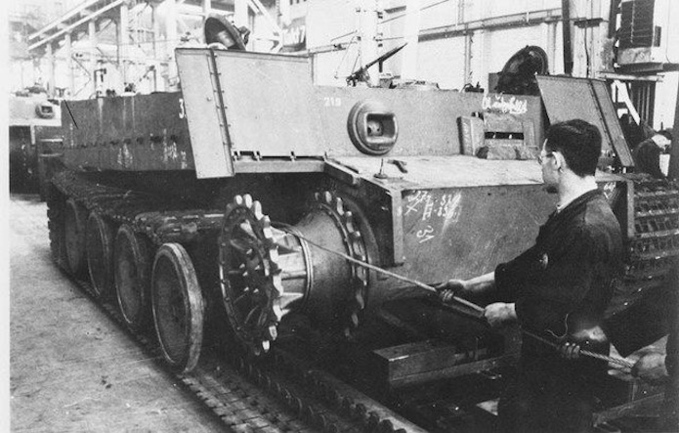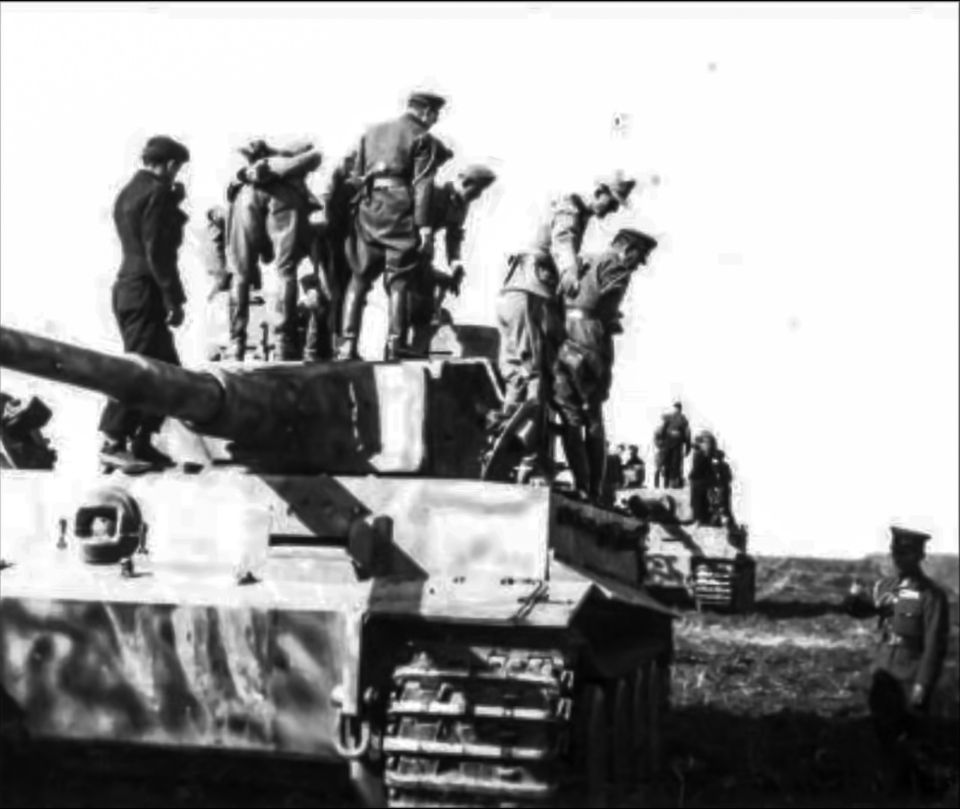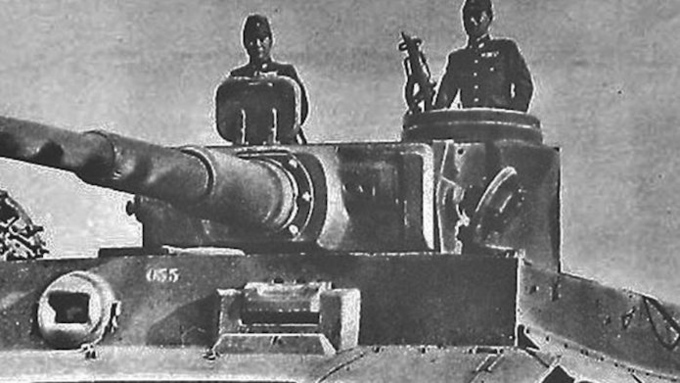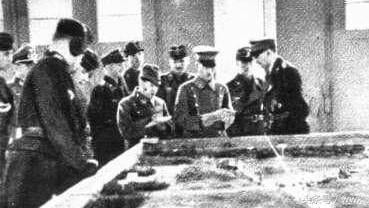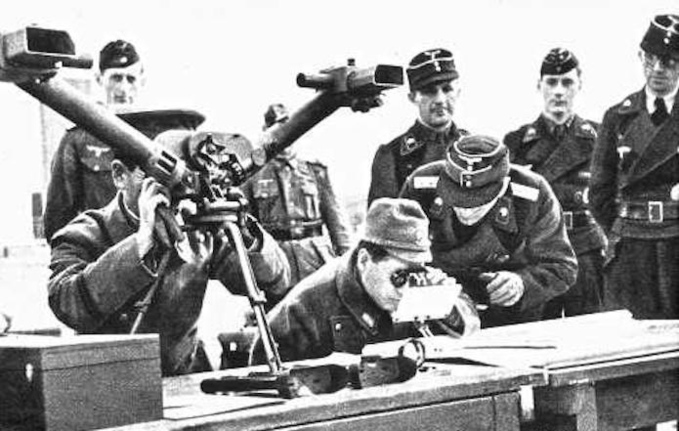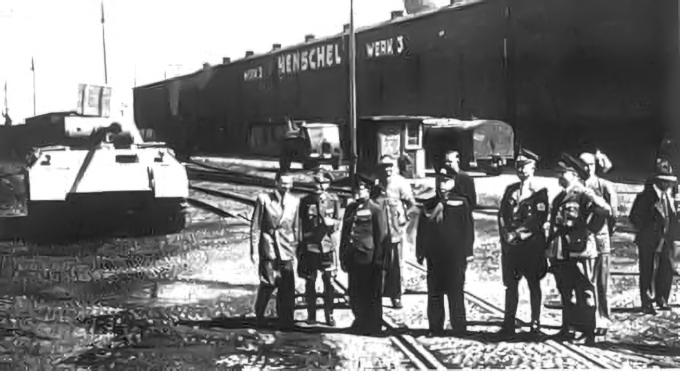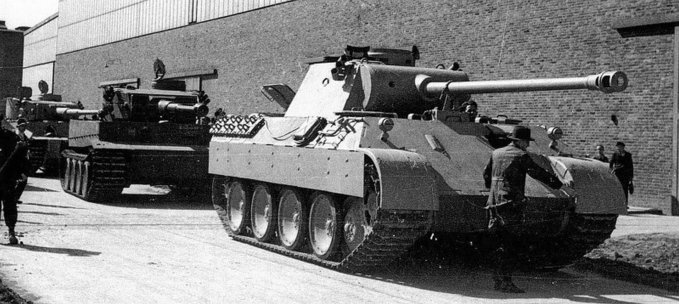Japan purchased the Tiger E (Chassis No. 250455) under the advice of General Hiroshi Ōshima, the Japanese ambassador in Berlin. General Ōshima had visited the Eastern Front, where he saw the formidable Tiger tank. In May 1943, Japan made an offer to acquire either the blueprints or an actual model of the tank. The plan was to ship the tank to Japan by submarine, intending to strengthen Japanese tank forces and serve as valuable research material. However, the transfer was never completed due to the increasing dominance of Allied naval forces. As a result, the Tiger I was loaned "back" to the Germans and subsequently used in the 101st SS Heavy Panzer Battalion in Belgium.
Development
The Tiger I heavy tank was arguably the most infamous tank of World War II. The design for this tank began as early as January 1937 when Henschel & Sohn worked on a large "breakthrough" called the Durchbruchwagen that weighed about 30 tons on request by the German military. The request was modified over time for more armour and better gun that increased the weight to 36 tons, but this project was dropped in 1938 in favor of the better prototypes VK 30.01(H) and VK 36.01(H). These new prototypes were the start of the usage of the Schachtellaufwerk wheel arrangements, but these also never passed prototype stages and were both cancelled in 1942.
During the development of the prototypes above, the German invasion of France showed that the Allied tanks such as the Somua, Char B1, and Matilda II were impervious to their current anti-tank weaponry and a need for better armoured and armed tanks were emphasized. So on May 26, 1941, Henschel and Porsche were asked to submit designs for a 45 ton heavy tank that was to be ready for demonstration by June 1942. During their development in June 1941, Germany initiated Operation Barbarossa against the Soviet Union and was shocked by appearance of the T-34 and KV-1 tanks that were invulnerable to all but the most potent anti-tank weapon in German inventory, one of which was the 88 mm FlaK cannon. The potency of the 88 mm cannon against the heavily armoured tanks that the Germans faced had Hitler ordered that the heavy tank design undertaken by Henschel and Porsche to utilize the 88 mm as its main armament instead of a 75 mm cannon.
The designs of the tank was finalized and ready for demonstration on April 20, 1942, Hitler's birthday, and showed the VK 45.01(H) and the VK 45.01(P). The demonstration and subsequent evaluations on the two designs determined that the Henschel variant was superior to the Porsche variant, proving more reliable, more mobile, and more easily produced than the Porsche. This caused the Henschel variant to be adopted as the Panzerkampfwagen VI Tiger and production started in August 1942. The Porsche variant had many chassis produced as Ferdinand Porsche thought the design would win, so the chassis were instead used in the Ferdinand tank destroyer.
Design
What perhaps made the Tiger I so unique in tank development and German doctrine is a change of focus between the three characteristics of the tank; with more emphasis to firepower and armour than to mobility. The Tiger I contained the large 88 mm KwK36 cannon which was very accurate and powerful, being able to penetrate every Allied armour present at its introduction. The armour on the Tiger I was also one of the greatest at the time, with an astounding 102 mm of armour on the front hull armour, 82 mm on the side superstructure and rear, and 120 mm on the gun mantlet. The armour was vertical faced so no sloping benefits were present like on the Panther. All these armour thicknesses proved invulnerable to most Allied anti-tank weaponry at the time, requiring more creative methods in shot placement to disable the tank. The mobility, while taken with less emphasis in the development, was still respectable at the time as the tank weighed about 57 metric tons, about 20 tons more than other country's main tanks, yet is able to keep up a speed of 38 km/h (Maximum speed was 45 km/h, but an engine governor was installed to preserve the engine life).
The tank utilized a torsion-bar suspension system in a Schachtellaufwerk overlapping pattern, making the Tiger one of the first German tank design to use the pattern. While the design gave the Tiger I great flotation due to the use of a wider track for lower ground pressure, it had disadvantages in environment and maintenance. In the Eastern Front, mud and other foreign object could be jammed in between the overlapping wheels, which would freeze in the winter and jam the wheels; the overlapping wheels also were a hassle to change out, in order to replace one wheel in the inside of the suspension, it requires the removal of at least nine other wheels in order to access it. The first 250 Tiger tanks used a Maybach V-12 HL210 engine with 650 hp before switching over to the more powerful Maybach V-12 HL230 engine with 700 hp. The engine proved adequate in propelling the tank, but was still considered underpowered for the tank weight.
The Tiger I, as innovative as it is to tank warfare, was a strain on German war production. The tank was over-engineered, taking much more man-hour and materials for its worth as a war machine. Cost-wise, two Panzer IVs or four StuG IIIs can be built for the cost of one Tiger I. The tank was also expensive to maintain and took lots of fuel to run. These attributed to the low number of only 1,354 Tiger Is produced from 1942 to August 1944.
Japanese interest
During World War 2, General Hiroshi Oshima, the Japanese ambassador in Berlin, visited the Eastern front where he saw the infamous "Tiger" tank in person. In May 1943 Japan made an offer to buy blueprints and/or an example of the vehicle itself. After discussing terms and possible variants it was decided to purchase Pz.Kpfw.VI Ausf E chassis No. 250455. This tank was also equipped with a mantlet that had a reinforced binocular sight. The machine is armed with the powerful 88 mm KwK36 gun, able to penetrate most of the Tiger's targets with ease.
The negotiation for the purchase of a Tiger tank from Germany went on in July 1943. The importation cost of the Tiger ran towards 640,000 marks, about twice the delivery cost to the German army. The offer to buy blueprints, ammunition, and parts were arranged to facilitate domestic production of the tank in the Japanese homeland.
Payment by the Japanese for the Tiger tank came into Henschel on 28 February 1944. To get the Tiger to Japan, the plan was to disassemble the tank to parts and transport it via submarine to Japan, where it would be assembled to a complete model. However, the war situation for the Axis by the time this was ready made it virtually impossible to import across via submarine due to the improving tactics of anti-submarine warfare by the Allies and the landlock of the Allies on German territory. With the importation now deemed unlikely to ever happen, the Japanese simply loaned the Tiger tank to the German army, which they used as part of the 101st SS heavy tank battalion in Belgium.
